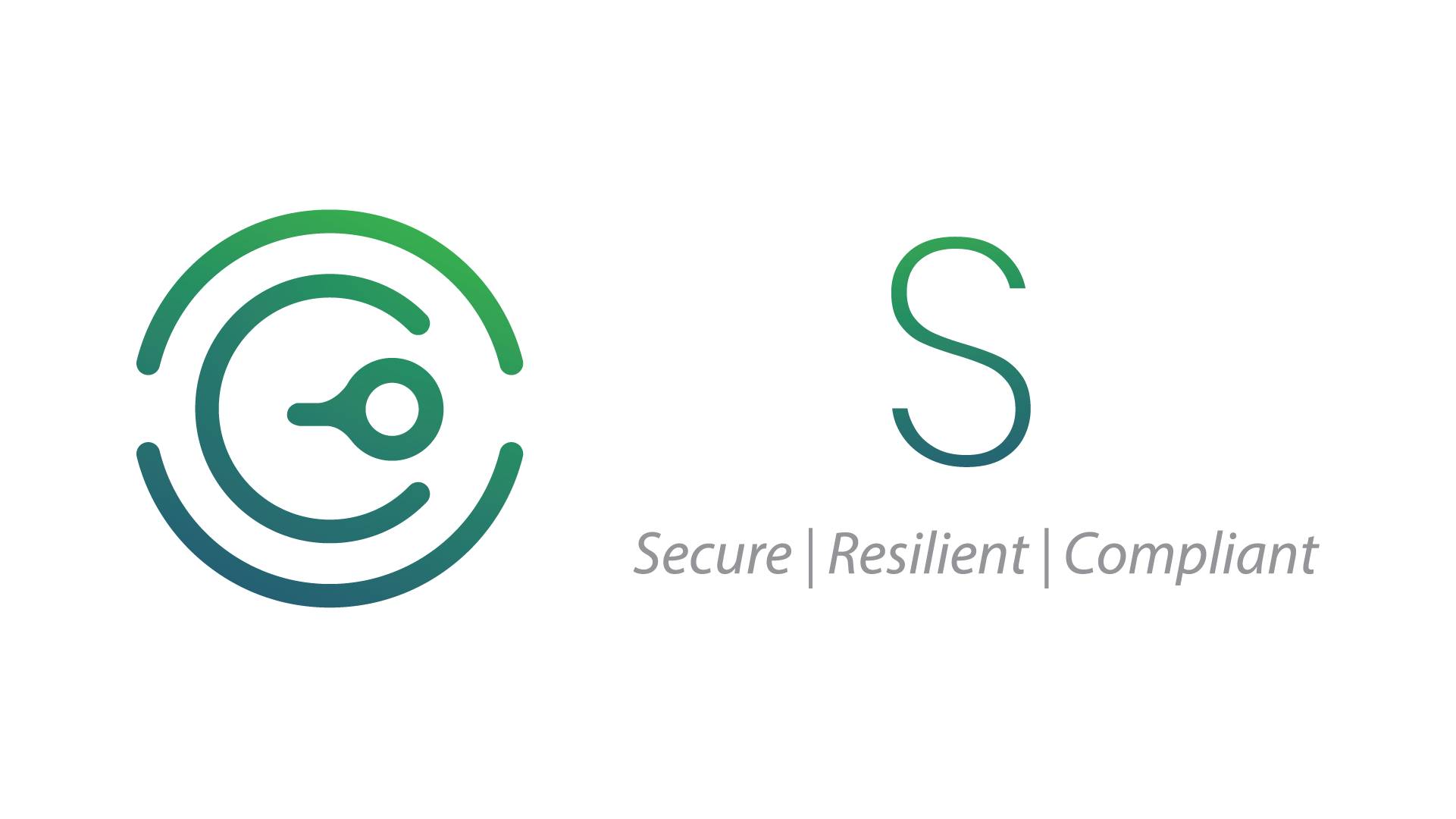
Top Strategies for Data Breach Response in the Middle East
Data breaches have become an unfortunate reality for organizations worldwide. The Middle East, a rapidly growing hub for technology and innovation, is no exception. Countries such as the UAE, Saudi Arabia (KSA), and Bahrain have seen a surge in digital transformation, cloud adoption, and cyberattacks, making robust data breach response strategies a necessity.
This article delves into the challenges, regulatory considerations, and effective strategies for managing data breaches in the Middle East, tailored to the unique needs of this region.
What is Data Breach?
A data breach occurs when sensitive, confidential, or protected information is accessed, disclosed, or stolen by unauthorized individuals. It typically involves the exposure of data such as personal information, financial records, intellectual property, or trade secrets, often without the knowledge or consent of the affected organization or individual.
Key Elements of a Data Breach:
- Unauthorized Access: Data is accessed by someone who doesn’t have permission, often due to weak security measures or malicious attacks.
- Sensitive Information: The breached data could include personal identifiable information (PII), credit card details, medical records, or proprietary business information.
- Intent: A breach can be accidental (e.g., a misconfiguration of cloud services) or intentional (e.g., a targeted cyberattack).
Common Causes of Data Breaches:
- Phishing Attacks: Fraudulent emails tricking users into providing sensitive information.
- Weak Passwords: Poor password practices make accounts easy targets.
- Malware: Malicious software infiltrating systems to steal or manipulate data.
- Insider Threats: Employees misusing access privileges, either maliciously or accidentally.
- Cloud Misconfigurations: Improperly secured cloud services exposing data to public access.
Real-World Examples of Data Breaches:
- Equifax (2017): Personal information of 147 million people was exposed due to an unpatched vulnerability.
- Marriott (2018): A breach compromised the data of 500 million hotel guests.
- Yahoo (2013-2014): Over 3 billion accounts were affected in one of the largest breaches in history.
Impacts of Data Breaches:
- Financial Loss: Organizations may face fines, lawsuits, and loss of business revenue.
- Reputational Damage: A breach erodes customer trust and can damage a brand’s reputation.
- Regulatory Penalties: Non-compliance with laws like GDPR or HIPAA can result in significant fines.
- Operational Disruption: Recovery efforts can disrupt normal operations and lead to downtime.
Key Statistics in the Middle East Region
- The Middle East had the second-highest average cost of a data breach globally in 2023, at $3.5 million per incident.
- Industries such as finance, healthcare, and energy are the most targeted.
- Cyberattacks, including ransomware and phishing, have risen by over 25% year-on-year in the region.
Challenges of Data Breach Response in the Middle East
1. Talent Shortage
A lack of skilled cybersecurity professionals is a significant hurdle for organizations in the region. This shortage often delays detection and response.
2. Complex Regulatory Environment
Compliance with multiple frameworks like NESA (UAE), SAMA (KSA), and Bahrain’s PDPL requires thorough understanding and execution.
3. Limited Incident Response Readiness
Many organizations in the Middle East lack structured incident response plans, leading to delayed and inefficient breach management.
Top Strategies for Effective Data Breach Response
To counter these challenges, organizations must adopt a proactive and structured approach. Here are the key strategies for data breach response:
1. Develop a Comprehensive Data Breach Response Plan
A well-documented response plan is the foundation of breach management. Key elements include:
- Detection and Identification: Define processes for early detection of breaches.
- Escalation Matrix: Establish clear roles and responsibilities for response teams.
- Communication Plan: Prepare internal and external communication strategies, ensuring transparency with stakeholders and customers.
- Post-Breach Review: Include steps for root cause analysis and prevention of future incidents.
2. Conduct Regular Risk Assessments
Frequent assessments help identify vulnerabilities and mitigate potential risks.
- Tools: Use vulnerability scanners.
- Frameworks: Adopt ISO27001 to establish a culture of continuous improvement in information security.
- Third-Party Audits: Engage external cybersecurity experts for unbiased evaluations.
3. Train Employees in Security Awareness
Human error remains a leading cause of breaches. Educating employees can significantly reduce risks.
- Phishing Simulations: Test employee readiness to identify phishing attempts.
- Best Practices Training: Include password hygiene, device security, and recognizing suspicious activities.
- Localized Training: Address region-specific threats, such as phishing emails impersonating Middle Eastern organizations.
4. Implement Advanced Threat Detection Systems
Modern technologies can detect and mitigate breaches in real-time.
- AI-Powered Solutions: Leverage AI tools like Endpoint Detection and Response (EDR).
- Security Information and Event Management (SIEM): Use platforms like Splunk or IBM QRadar for real-time monitoring and analysis.
- SOCs (Security Operations Centers): Establish in-house or partner with external SOCs for 24/7 threat monitoring.
5. Collaborate with Incident Response Teams
When a breach occurs, rapid collaboration with experts ensures effective containment.
- Managed Security Service Providers (MSSPs): Engage MSSPs to access global expertise and advanced tools.
- Digital Forensics: Partner with forensic specialists to investigate breaches and prevent recurrence.
6. Ensure Regulatory Compliance
Adherence to local and international regulations protects organizations from legal penalties.
- Regional Frameworks: Align with NESA, SAMA, and PDPL requirements.
- GDPR Compliance: For organizations handling European data, ensure GDPR adherence.
- Audit Trails: Maintain detailed logs and records for regulatory reporting.
7. Conduct Incident Response Drills
Simulation exercises prepare teams for real-world scenarios.
- Tabletop Exercises: Simulate breaches to test decision-making and coordination.
- Red Team vs. Blue Team Exercises: Evaluate defense capabilities by simulating attacks.
- Post-Drill Analysis: Identify gaps and refine response strategies based on drill outcomes.
8. Leverage Threat Intelligence
Threat intelligence provides actionable insights into potential risks and emerging threats.
- Regional Threat Sharing: Collaborate with GCC threat intelligence networks.
- Tools: Use platforms like FireEye or Recorded Future for actionable insights.
- Predictive Analysis: Employ AI-based tools to predict and prevent future attacks.
Conclusion
Data breaches are inevitable in today’s interconnected world, but their impact can be mitigated with the right strategies. For organizations in the Middle East, adopting proactive measures tailored to the region’s unique challenges is essential. By developing a comprehensive response plan, training employees, leveraging advanced tools, and ensuring regulatory compliance, businesses in the UAE, KSA, and Bahrain can safeguard their digital assets and maintain customer trust.
At Centre Systems Group, we specialize in comprehensive cybersecurity solutions, including breach response planning, employee training, and regulatory compliance support. Contact us today to secure your business and stay ahead of evolving cyber threats.
Frequently Asked Questions
What is a data breach?
A data breach occurs when unauthorized individuals access sensitive data such as personal, financial, or organizational information.
Why are data breaches increasing in the Middle East?
The rise in digital transformation and targeted cyberattacks on critical sectors like finance and healthcare contributes to the increase in data breaches.
What are the first steps to take after detecting a data breach?
Isolate affected systems, assess the breach's scope, notify relevant stakeholders, and involve cybersecurity experts for containment.
How do data breach response plans help businesses?
They provide a structured approach to minimize damage, recover operations quickly, and maintain regulatory compliance.
What sectors are most vulnerable to data breaches in the GCC?
Finance, healthcare, and government sectors are prime targets due to their sensitive data and critical infrastructure.
What tools are essential for breach detection and response?
Security Information and Event Management (SIEM) systems, endpoint detection, and threat intelligence platforms are crucial.
How do employees contribute to data breach risks?
Phishing attacks and poor password practices make employees one of the weakest links in cybersecurity.
What is the role of regulatory compliance in data breach response?
Compliance with laws like GDPR or Bahrain's PDPL ensures businesses meet legal obligations during a breach.
What are some successful examples of breach containment?
Companies using SOCs and incident response plans have shown rapid containment and minimal downtime during breaches.
How can businesses prevent future data breaches?
Conduct regular security audits, train employees, use advanced threat detection systems, and ensure robust encryption practices.



Leave a Reply